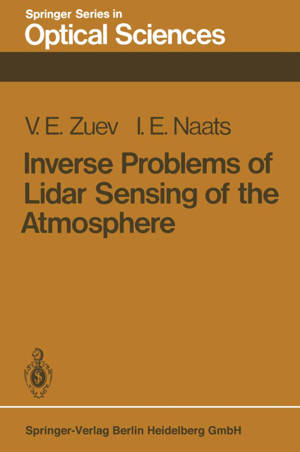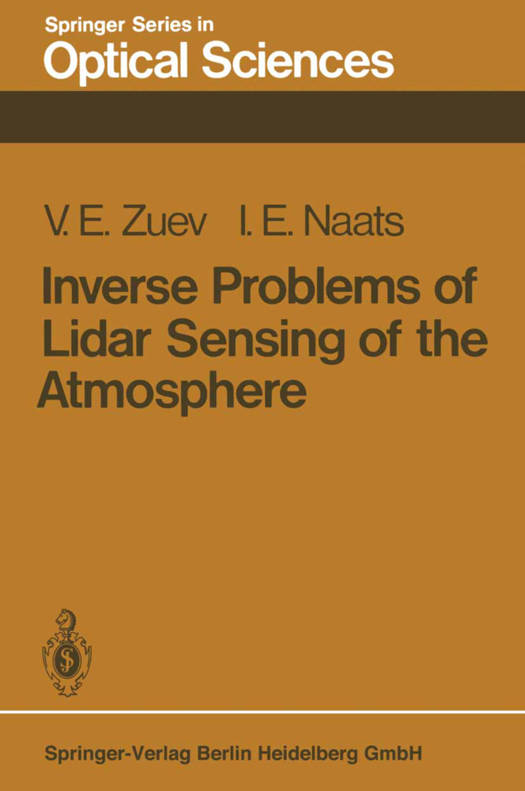
- Afhalen na 1 uur in een winkel met voorraad
- Gratis thuislevering in België vanaf € 30
- Ruim aanbod met 7 miljoen producten
- Afhalen na 1 uur in een winkel met voorraad
- Gratis thuislevering in België vanaf € 30
- Ruim aanbod met 7 miljoen producten
Zoeken
Omschrijving
This monograph undertakes to present systematically the methods for solving inverse problems of lidar sensing of the atmosphere, with emphasis on lidar techniques that are based on the use of light scattering by aerosols. The theory of multi-frequency lidar sensing, as a new method for studying the microphysical and optical characteristics of aerosol formations, is also pre- sented in detail. The possibilities of this theory are illustrated by the experimental results on microstructure analysis of tropospheric and low stratospheric aerosols obtained with ground-based two- and three-frequency lidars. The lidar facilities used in these experimental studies were construc- ted at the Institute of Atmospheric Optics S8 USSR Academy of Sciences. Some aspects of remote control of dispersed air pollution using lidar systems are also considered. A rigorous theory for inverting the data of polarization lidar measure- ments is discussed, along with its application to remote measurement of the complex index of refraction of aerosol substances and the microstructure pa- rameters of background aerosols using double-ended lidar schemes. Solutions to such important problems as the separation of contributions due to Rayleigh- molecular and Mie-aerosol light scattering into the total backscatter are ob- tained by using this theory. Lidar polarization measurements are shown to be useful in this case. The efficiency of the methods suggested here for inter- preting the lidar polarization measurements is illustrated by experimental results on the investigation of the microphysical parameters of natural aero- sols and artificial smokes using polarization nephelometers.
Specificaties
Betrokkenen
- Auteur(s):
- Uitgeverij:
Inhoud
- Aantal bladzijden:
- 262
- Taal:
- Engels
- Reeks:
- Reeksnummer:
- nr. 29
Eigenschappen
- Productcode (EAN):
- 9783662135396
- Verschijningsdatum:
- 3/10/2013
- Uitvoering:
- Paperback
- Formaat:
- Trade paperback (VS)
- Afmetingen:
- 152 mm x 229 mm
- Gewicht:
- 371 g

Alleen bij Standaard Boekhandel
+ 251 punten op je klantenkaart van Standaard Boekhandel
Beoordelingen
We publiceren alleen reviews die voldoen aan de voorwaarden voor reviews. Bekijk onze voorwaarden voor reviews.











